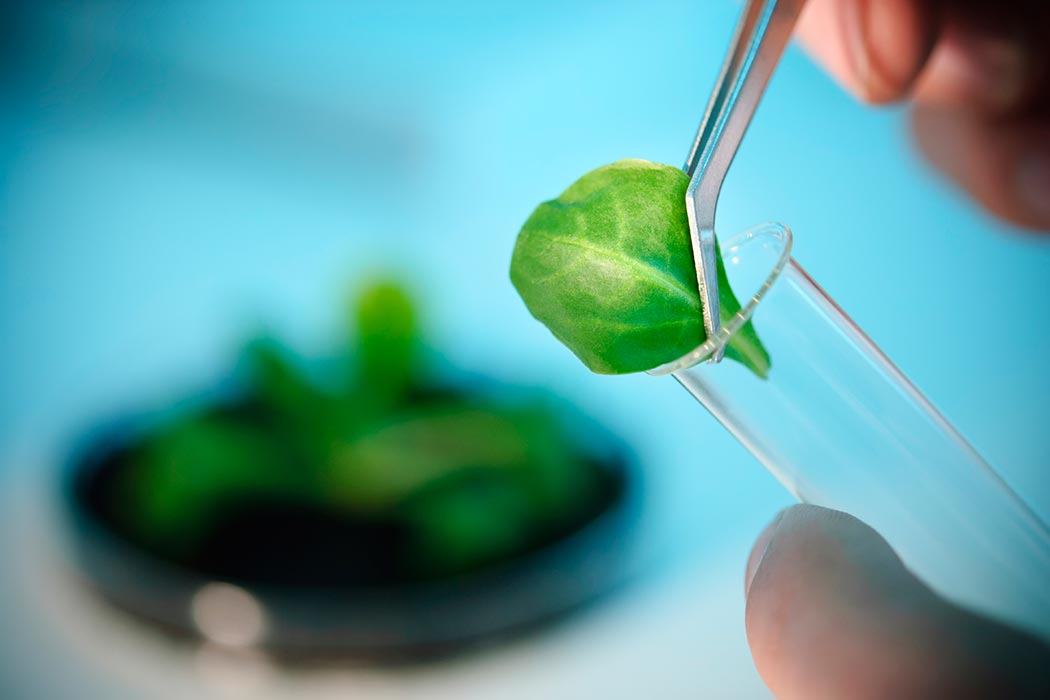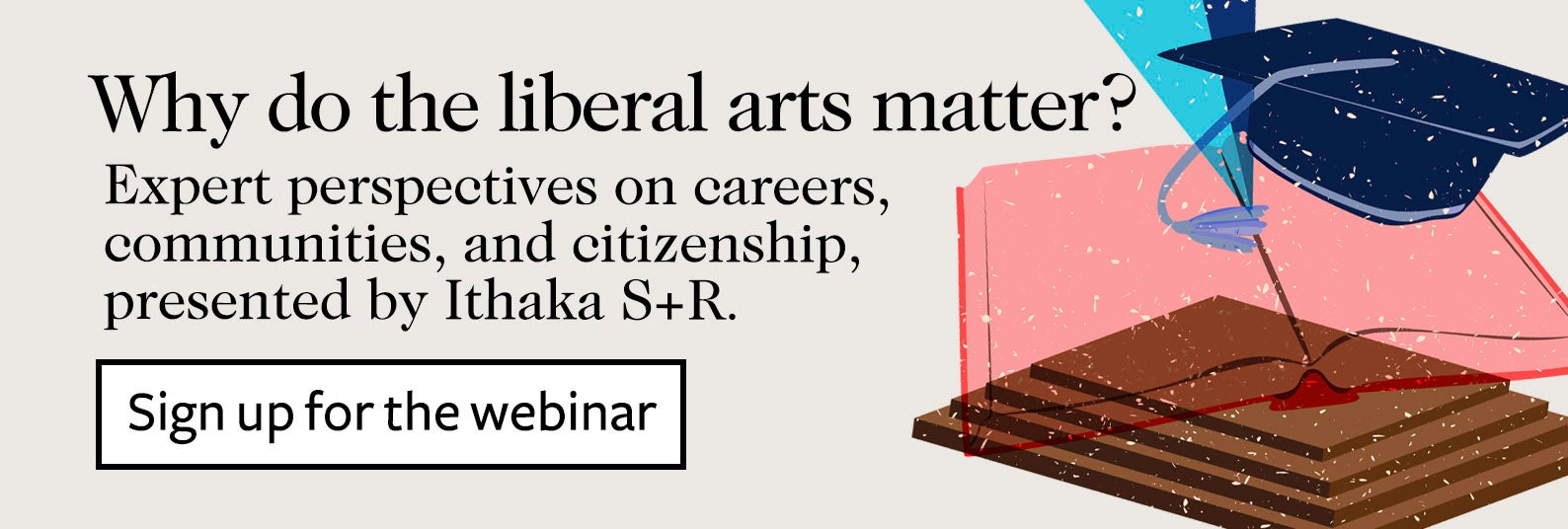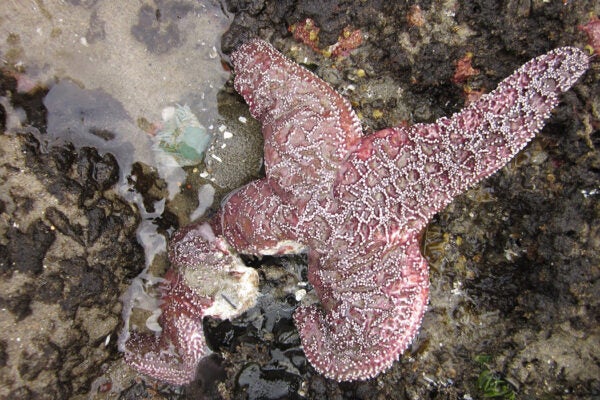The US Environmental Protection recently announced the winners of the 2014 Presidential Green Chemistry Challenge Awards, an annual competition held to showcase the best new ideas for cleaner chemical applications. This year’s winners included a new renewable fuel, a new way to manufacture color LED televisions using far fewer toxic chemicals, and a replacement for petroleum products, using algae to produce industrial oil. Aside from their potential societal benefits, these winners are notable in that not one of them involves cleaning up harmful chemicals. Rather, all are innovative ways to reduce the use of these chemicals in the first place.
Preventing the use of harmful chemicals is a crucial step in reducing industrial pollution. In an unusual 1992 article in PNAS, James W. Mitchell writes of the need for less toxic source materials for industrial processes, citing growing social and environmental concerns. (The article is unusual, possibly unique, in that the majority of the article sings the praises of the chemical industry). Mitchell also describes the need for continued innovation to keep the chemical industry competitive, and, secondarily for Mitchell, safe and clean. Mitchell emphasized the need for innovation in devising cleaner processes, especially using benign source chemicals, and these awards are excellent examples.
Despite the obvious benefits, until recently pollution prevention has been emphasized far less than pollution control. Writing in 1999, Mary Durfee explains that “pollution control has always been the main approach in environmental regulation,” while the use of prevention techniques varied widely depending on the industry. When prevention was emphasized, according to Durfee, businesses chafed at the regulatory focus on reducing inputs— i.e., using fewer chemicals—to the detriment of other reduction strategies such as recycling chemicals from one process to another. The more recent focus on reducing chemical inputs may explain why all of the winners of this year’s awards were in this area.
Of course, convincing industries to actually use these preventive processes is a different matter. If the bottom line immediately benefits, widespread adoption of these and similar practices will be easy. Where the financial benefits are smaller, Durfee advocates a mixture of shame and coaxing, emphasizing to industries the benefits of prevention while laying out the risks of not pursuing prevention as an approach. Her hope is that as prevention practices become widespread their use will snowball through more and more industries. It is helpful that government encourages this type of research since, according to Durfee, industry usually has little incentive to do so. Some regulatory flexibility might be helpful as well, since pollution prevention may take many forms, whether through reducing the amount of chemical inputs, using less harmful substitutes, or recycling chemicals for further use. Reduction, over all, should always be encouraged. Of course, the most effective approach of all is probably to simply reduce our own purchases, no matter how they are made.






